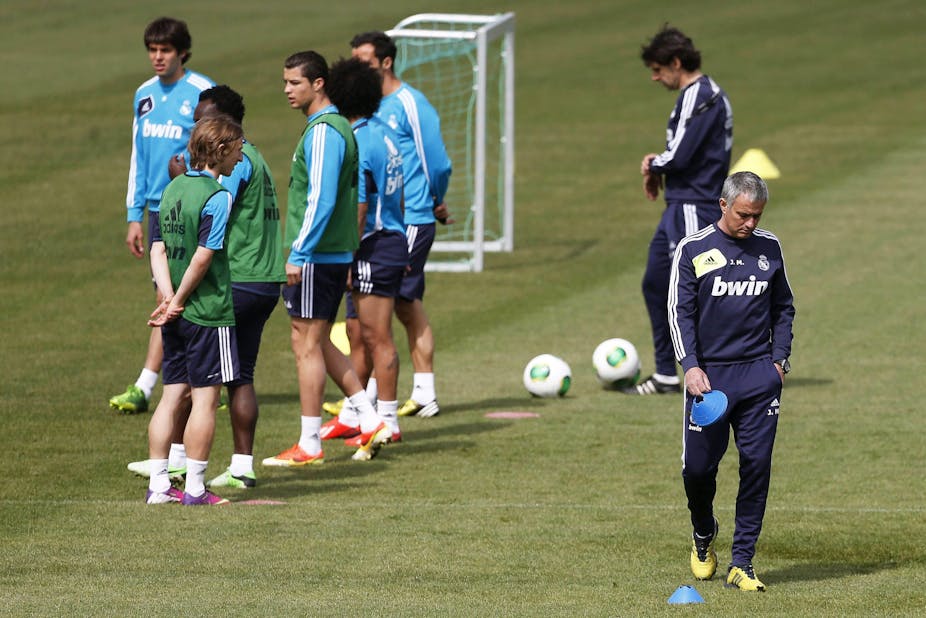High-intensity, short duration warm up activities at half time intervals boost athletic performance, a study of soccer players has found.
The research may provide an insight into how losing teams could close the gap on winning teams, or how winning teams accelerate away from their opponents, say experts.
Contrary to the belief that high-intensity activity at half time tires athletes, the study found that athletes who do short duration re-warm ups perform better for at least the next 26 minutes.
Half-time warm up, referred to by the researchers as “re-warm-ups”, stimulates muscle activation and efficiency and can be as important as the initial warm-up in minimising temperature-related performance decline.
The study involved eight soccer players from division one of the Victorian Football Federation, who performed two identical 26 minute sets of intermittent activity, running on a non-motorised treadmill.
During half time recovery, the athletes were either inactive for 15 minutes, did five repetitions of maximum load leg presses or did small-sided soccer ball passing activities for three minutes.
The results showed those who did five repetitions of maximum load leg presses and passing or dribbling exercises at half time were more powerful, faster and skillful after the break than those who rested.
Skill-based warm-up exercises were particularly important for improvement in passing accuracy and speed in dribbling the ball.
The leg presses combined with five minute jogging warm up improved power performance, demonstrated by the vertical jump test.
Lead researcher Dr James Zois of the Institute for Sport, Exercise and Active Living, Victoria University, said the research would be valuable for coaches and athletes.
“While there has been some research to support the benefits of warm up activities before a game, there has been no research exploring the importance of high-intensity short duration activities during re-warm up period,” he said.
“The findings encourage coaches and athletes to really scrutinise how they warm up their athletes and to professionalise that component of preparation, as there is real performance enhancing and injury preventative potential,” he said.
Closing the gap
Keith Lyons, Professor of Sport Studies at the University of Canberra’s National Institute of Sport Studies said he had initial reservations about using a laboratory study to provide an evidence-based approach to re-warm up.
But he said the research was an “excellent provocation.”
“The Victoria University research is an invitation to think about the scale of rewarm-up, its intensity and its form,” said Professor Lyons.
The Study was published in the International Journal of Sports Medicine.

